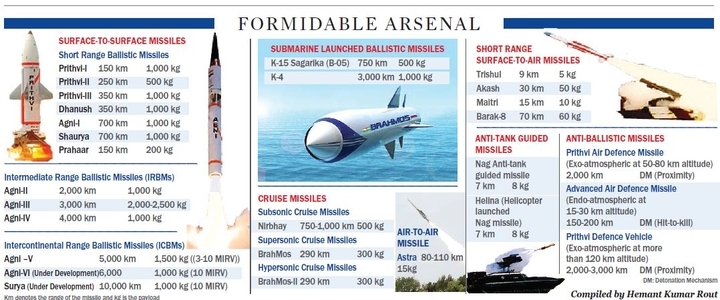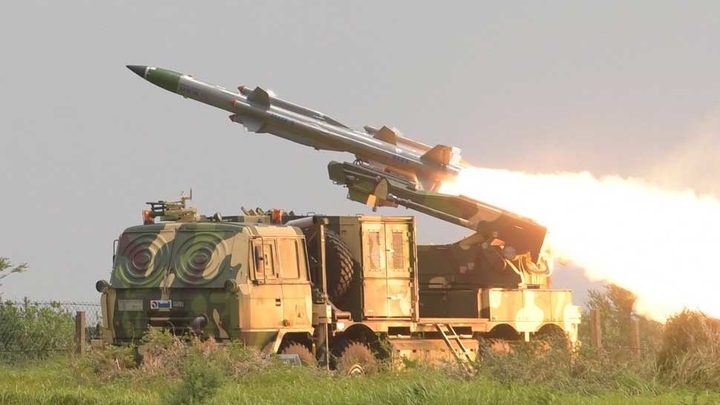The Integrated Guided Missile Development Program falls within the scope of the Ministry of Defense with the aim of creating a variety of guided missiles that provide a stellar military power to India and also serve as a deterrent to our not-so-friendly neighbours, such as China and Pakistan.
Dr APJ Abdul Kalam, who worked with the ISRO and was closely involved in the development of Satellite Launch Vehicle, SLV-3, was inducted into the IGMD programme in 1980. Because of the success achieved by India in the guided missile development programme under his stewardship, he came to be known as the ’Missile Man of India’.The program began in 1980 and ended in 2008, when the Defense Research and Development Organization (DRDO) formally announced on 8 January 2008 that the strategically integrated guided missile program had achieved its stated goal of developing the missiles listed in the program and the missiles induced into the armed forces after being duly tested.The Akash Missile is one of the greatest achievements of the IGMD programme.

Akash Missile:
The Akash Missile is a medium range Surface to Air Missile. This means that it can be launched from the surface to take down aerial targets. The Akash Missile can take down aircraft that are 30 Km away and at a ceiling height of 18Km.The Missile is intended to be launched from static or mobile platforms such as battle tanks and wheeled trucks. Multiple objectives can be handled and manoeuvring targets can be destroyed, including unmanned aerial vehicles, fighter aircraft, cruise missiles and helicopter missiles.

The Akash 1S Missile is an upgraded version of the Akash Missile.The armed forces demanded a missile with a heat seeker that could target more accurately the inbound missile.DRDO, then upgraded the previous Akash Missile with an indigenous seeker named it Akash-S1. This missile was fired five times and the tests were finished effectively.
Read here about Area 51 of India
Akash NG:
The DRDO is currently working on a next-generation Akash Missile, Akash- NG.The Missile will feature AESA Multi-Function Radar(MFR). Adding MFR will align the capacities of the Akash missile scheme it never had before.MFR will merge three different radar tasks (search, track and re-control) in one unit. This fresh Akash NG will improve India's air defence system in a significant way.
Strength & Deployments:
The Indian Air Force is equipped with 8 squadrons of Akash Missile and each squadron has 125 Missiles each.The 2 regiments of Indian Army are equipped with Akash Missile & each consists of 240 launchers and 625 Missiles.

The Indian Air Force has stationed Akash Missiles at its bases in Gwalior (Maharajpur AFS), Jalpaiguri (Hasimara AFS), Tezpur, Jorhat and Pune (Lohegaon AFS).In June – July 2015, the Indian Army deployed an Akash Regiment, the second being prepared by the end of 2016.

Post a Comment